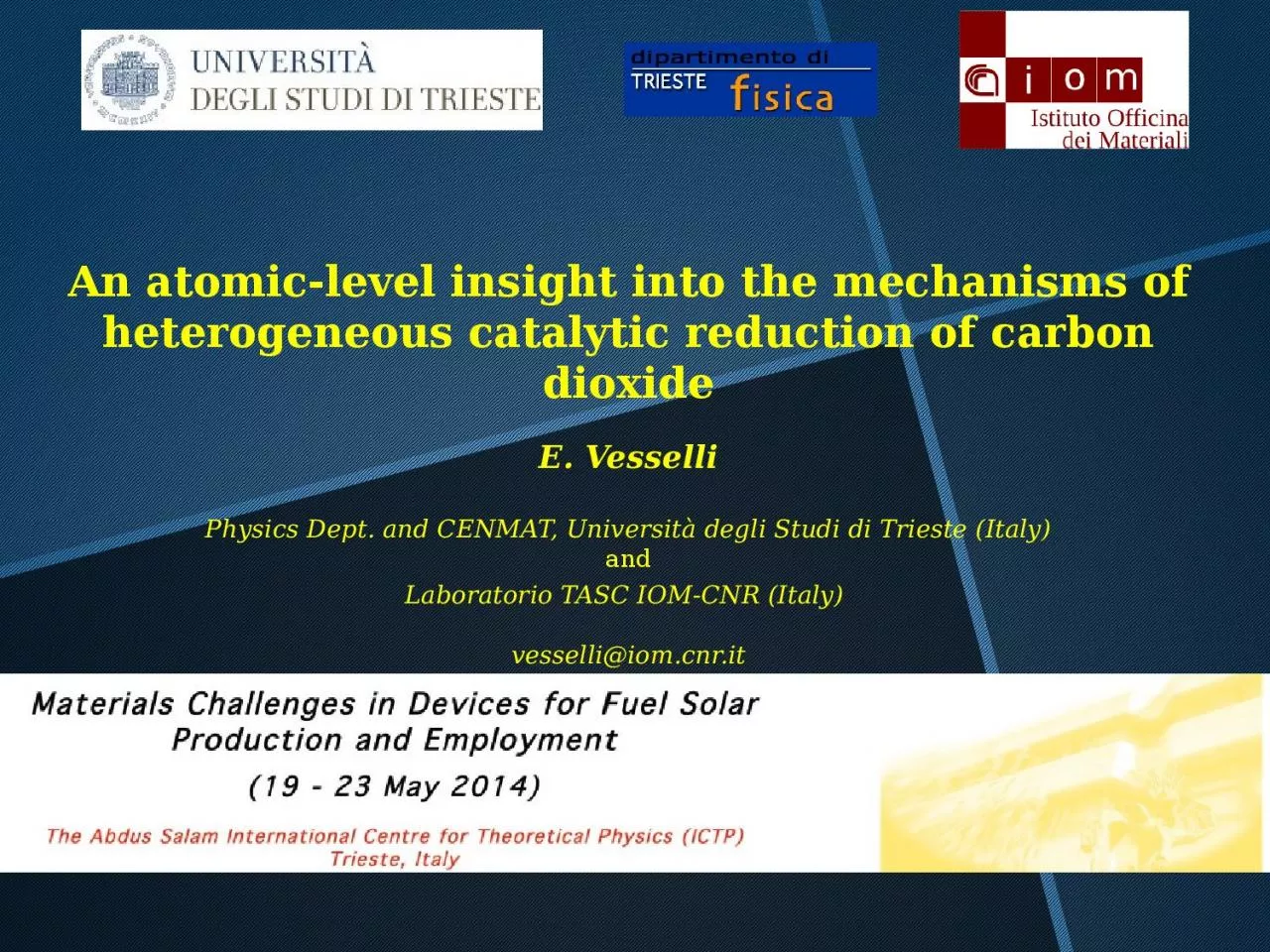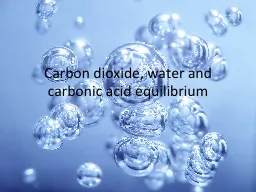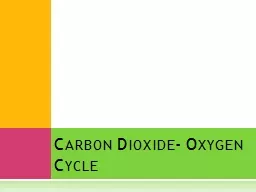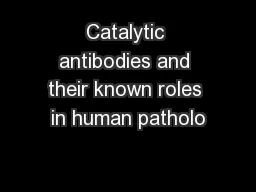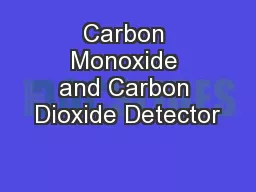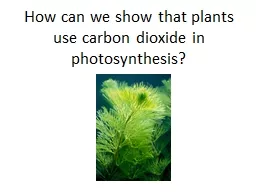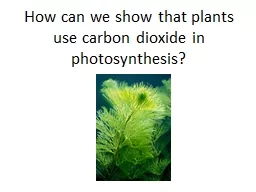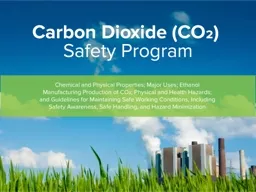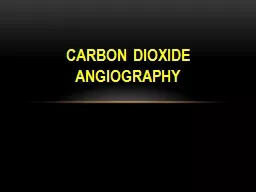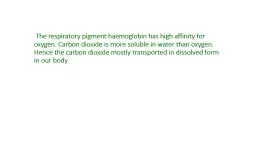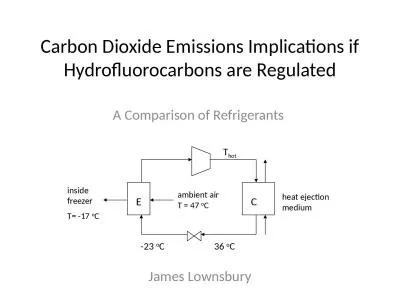PPT-An atomic-level insight into the mechanisms of heterogeneous catalytic reduction of carbon
Author : elysha | Published Date : 2024-01-29
E Vesselli Physics Dept and CENMAT Università degli Studi di Trieste Italy and Laboratorio TASC IOMCNR Italy vesselliiomcnrit About the importance of CO
Presentation Embed Code
Download Presentation
Download Presentation The PPT/PDF document "An atomic-level insight into the mechani..." is the property of its rightful owner. Permission is granted to download and print the materials on this website for personal, non-commercial use only, and to display it on your personal computer provided you do not modify the materials and that you retain all copyright notices contained in the materials. By downloading content from our website, you accept the terms of this agreement.
An atomic-level insight into the mechanisms of heterogeneous catalytic reduction of carbon: Transcript
Download Rules Of Document
"An atomic-level insight into the mechanisms of heterogeneous catalytic reduction of carbon"The content belongs to its owner. You may download and print it for personal use, without modification, and keep all copyright notices. By downloading, you agree to these terms.
Related Documents

